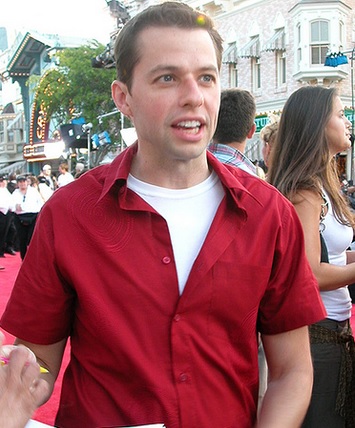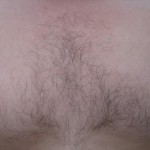Covering up hair loss without hairpieces, hats, or surgery is a known trick of the make up artists that beautify Hollywood stars and starlets. No red carpet celeb would allow the droves of paparazzi and tabloids to exploit such a sensitive issue. For years, our leading men and ladies of cinema have been masking their hair loss with the aid of concealment products. From lotions to powders, these hair loss products come in a few different forms; all of which claim to almost instantly mimic the consistency and color of real hair, in order to restore the look of fullness to a balding scalp. The most popular commercial brands on the market are Toppik, DermMatch, COUVRé, and Nanogen. These products are available to anyone, and while they may have their perks, they definitely come with drawbacks as well.
HOW DO TOPPIK AND OTHER HAIR LOSS CONCEALERS WORK?

Toppik
This brand claims that within 30 seconds, your hair loss will be transformed. Toppik is a powder-based hair loss cosmetic made of organic keratin protein. Static electricity bonds the keratin powder to the existing hair, with a strong enough magnetic attachment to subsist through wind, rain, and perspiration. Toppik can be sprinkled onto the hair or applied with a spray applicator to the area of the scalp affected by hair loss.
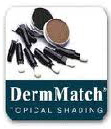
Dermmatch
DermMatch is touted as a safe and healthful, hard-packed powder “shading.” This hair loss cosmetic claims to contain emollients and botanicals that moisturize and soothe the skin and hair. After rubbing in the powder and brushing it through the hair, the thin hairs will thicken, stand taller, and spread out to give the illusion of a full head of hair. In addition, DermMatch does not contain hair dye, but rather safe colorants only.
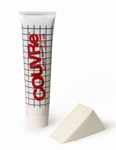
COUVRé
COUVRé is different from Toppik and the rest in that it’s a lotion-compound. applied with an applicator. This hair loss concealer alleges to be undetectable, and to restore temporary fullness to the front of the scalp, while making thinning areas appear nonexistent. COUVRé is also convenient and economical, as it comes in a simple tube equipped with an applicator, and typically lasts three to four months.
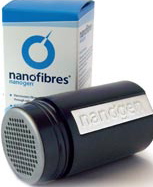
Nanogen
Nanogen works similarly to Toppik in that its formula is made of pure keratin. The sophisticated keratin micro-fibers attach to the thinning hair to conceal hair loss in men and women. It is also applied the same way as Toppik, by sprinkling it from the container directly onto the hair. The result should be almost instant and look natural.
WHAT ARE THE DRAWBACKS OF TOPPIK AND ITS COMPETITORS?
These cosmetics may be instantly gratifying for someone suffering hair loss. But Toppik and other similar hair loss concealers have no shortage of drawbacks:
- Toppik, etc, is a temporary solution to thinning hair.
- In watery situations, i.e. rain, swimming, or sweating, these products would typically form a paint that flows down ones forehead and cheeks, resulting in a mortifying experience.
- Toppik can appear unnatural under direct sunlight.
- It may become demoralizing for one to compromise his or her daily appearance so extensively.
- As hair loss progresses and the bald area expands, Toppik takes over, showing up more than the hair itself.
- With time, these concealers may start to cake the scalp.
- With the falseness of Toppik, etc, paranoia may arise, manipulating one’s confidence and comfort.
- The affected hair must not be excessively touched with while Toppik is in use. This excludes loved ones from the affectionate practice of playing with the hair.
<liitemprop=”description”>Mounting expense and nuisance of stained pillows and beddings. Over time it can appear on curtains, couches, and carpets as well.
BHT: A POSSIBLE SUBSTITUTE FOR CONCEALERS
Keratin-based adhesive powders like Toppik may be a nice substitute for a short time. However, in the long run, there is only one thing that can rebuild total confidence and normalcy to someone suffering from hair loss. And that’s real hair.
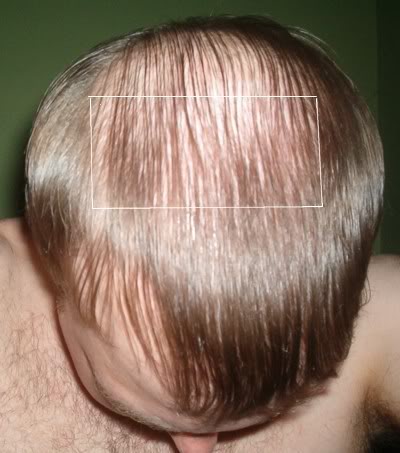
Dr. Umar’s signature advanced FUE hair transplantation using uGraft is a procedure that removes the hair follicles one by one from the patient’s donor area. These follicles are carefully selected from areas that will yield the most natural, full, and even results after transplantation. Whether donor hair comes from the nape of the neck or behind the ears, the experience of having live, growing hair like that of your youth is matchless. Toppik holds no comparison.
Taking this a leap forward is body hair transplantation, or UGraft BHT. UGraft BHT—an advanced form of FUE that utilizes body hair for extraction—makes it possible to achieve a subtle, Toppik-like fullness over the thinning areas of the scalp, while still using real hair. BHT enables the use of beard, chest, stomach, and leg hair. Even patients with naturally finer body hair can benefit from BHT, since thickness of the follicle is not a qualifier in the success of this procedure.
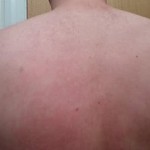
|
When Dr. Umar discovered six years ago that even fine hair can provide fullness and density through UGraft BHT, he also noted the following.
This debunked all belief that only robust hair can provide adequate coverage in hair transplantation. If finer hair is used correctly and with precision, it too can grow and thrive.
Finer body hair used in hair transplantation can achieve a similar look to Toppik—a fullness that appears authentic. Except with UGraft BHT it IS authentic. It is real, growing hair, thus the drawbacks are eliminated.
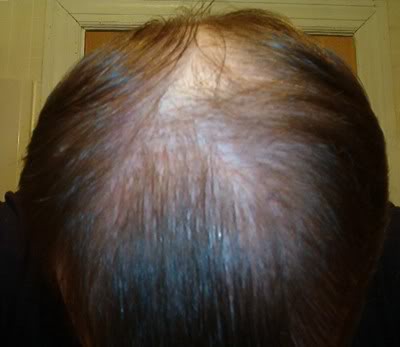
Here are a couple of patient examples where the use of body hair grafts helped them to achieve the coverage and density that they wanted.
Using Trichopigmentation to Enhance Hair Transplant Results
The use of tiny scalp pigmentation dots to simulate newly growing hair is becoming an increasingly popular choice for many hair loss sufferers. One method is Trichopigmentation, which is similar to Scalp Micropigmentation. However with Trichopigmentation, injections are placed much closer to the skin’s surface. This prevents discoloration as light passes through the subcutaneous tissue which contains suspended pigment particles. The bending of light rays results in bluish or greenish hues, known as the Tyndall effect. With Trichopigmentation, this is avoided due to the superficial positioning of the injection needle.
Secondly, this scalp pigmentation method uses an organic ink formulation that has been designed to disappear in two years. Therefore, individuals can have the freedom to change their minds if this is desired at a later time.
Trichopigmentation gives hair transplant patients a treatment option to further improve upon their density if the insertion of additional grafts is not feasible for one reason or another. The use of pigment on the scalp will have a most convincing effect when hair is already present. Here is an example of a BHT (body hair transplant patient) who opted for Trichopigmentation to enhance the appearance of his existing hair density. His results looked extremely natural, even when viewed close up.
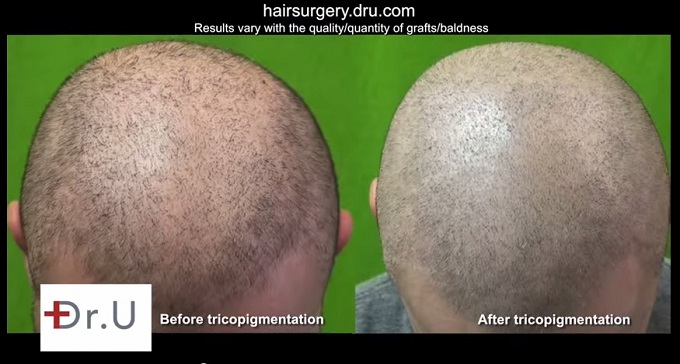
What To Avoid When Using Scalp Pigmentation
The use of methods like Trichopigmention or is more conventional counterpart, SMP (Scalp Micropigmentation) requires proper forethought and planning.
Pigmentation for the scalp should not be regarded as a type of substitute for a hair transplantation. Therefore, it is not recommended that it be used to address hairline and temple recession. In so doing, this would actually draw attention to the disparity between the inked skin surface and the regions which have hair.
Here is an example of a patient who had SMP applied to fill in the receded areas of his temples and hairline.
For more information on the use of body hair to correct hair loss, read more here.

